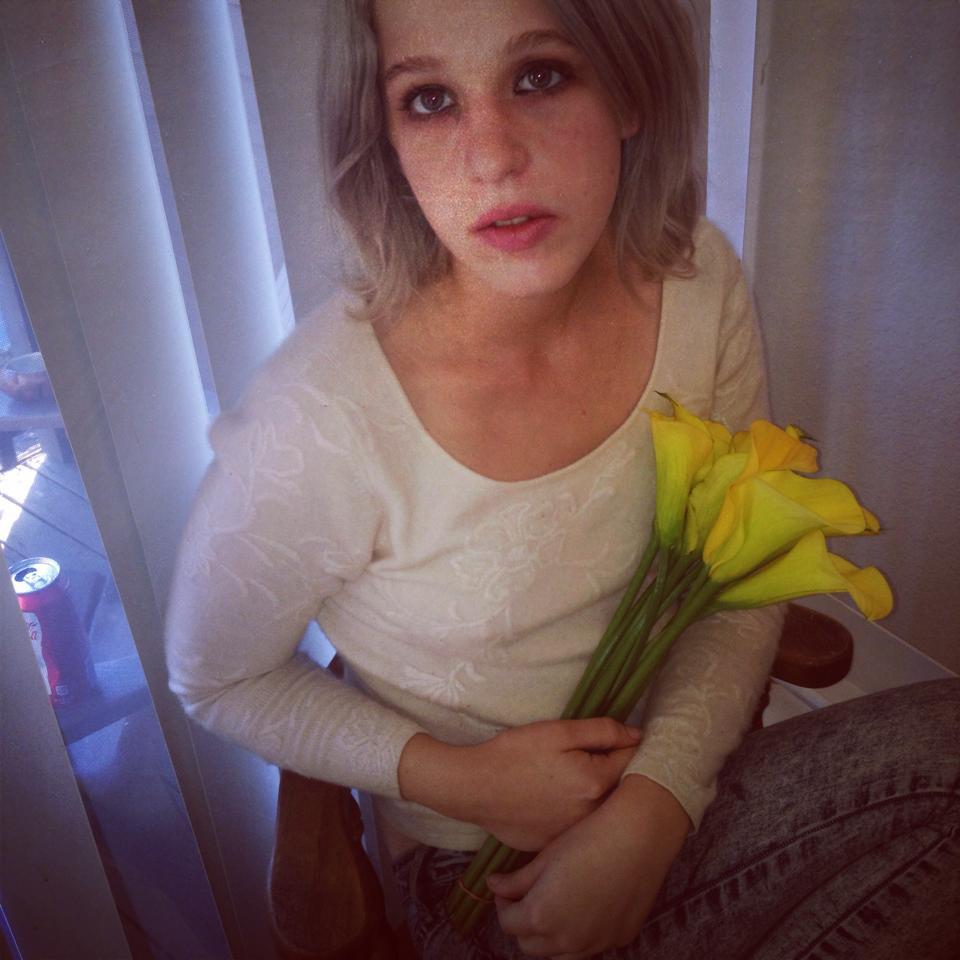They all begin by commanding you to praise
things like sea-thistle, pinecones, a crate of tangerines
stacked into a ziggurat like one you envisionticking under overgrowth, ancient and counting
down deep in the tropics until at last a certain
heavenly alignment triggers doomsday, what then?To think nothing might feel good for a time, the way
walking can, just moving around, turning
right whenever you happen to, heading alongtoward nowhere in particular, getting there almost
without really trying or memory of where
you started out from, much less how you’ll ever get back.I don’t want to have to. I don’t want to have to
locate divinity in a loaf of bread, in a sparkler,
or in the rainlike sound the wind makes throughmulberry trees, not tonight. Listen to them carry on
about gentleness when it’s inconceivable
that any kind or amount of it will ever be able tobalance the scales. I have been held down
by the throat and terrified, numb enough to know.
The temperature at which no bird can thrive —a lifelong feeling that I feel now, remembering
down the highway half-hypnotized in the
backseat feeling what I feel now, and moderatehappiness has nothing to do with it: I want to press
my face against the cold black window until
there is a deity whose only purpose is to stop this.
Tag: desperation

Anne Carson, from “The Glass Essay”, from Glass, Irony and God
Ana Mendieta, Anima (Alma/Soul), 1976, armature of bamboo and rope with fireworks, Oaxaca, Mexico, c-print on paper mounted on paperboard and printed, 1977

Kathy Acker from “Algeria”
ADA LIMÓN
THE LAST MOVE
It was months when it felt like I had been
washing the dishes forever.
Hardwood planks under the feet, a cord to the sky.
What is it to go to a We from an I?
Each time he left for an errand, the walls
would squeeze me in, I cried over the non-existent bathmat, wet floor of him,
how south we were, far away in the outskirts.
(All the new bugs.)
I put my apron on as a joke and waltzed around carrying
a zucchini like a child.
This is not New York and I am not important.
This was before we got the dog even, and before I really
trusted the paralyzing tranquilizer of love stuck
in the flesh of my neck.
Back home, in my apartment, another woman lived there.
In Brooklyn, by the deli, where everything
was clean and contained.
(Where I grieved my deaths.)
I took to my hands and knees. I was thinking about the novel
I was writing. The great heavy chest of live animals
I had been dragging around for years; what’s life?
I made the house so clean (shine and shine and shine).
I was suspicious of the monkey sounds of Kentucky’s birds,
judging crackles, rusty mailbox, spiders in the magnolia tree,
tornado talk, dead June bugs like pinto beans.
Somewhere I had heard that, after noting the lack
of water pressure in an old hotel in Los Angeles,
they found a woman’s body at the bottom
of the cistern.
Imagine, just thinking the water was low, just wanting
to take a shower.
After that, when the water would act weird,
spurt or gurgle, I’d imagine a body, a woman, a me
just years ago, freely single, happily unaccounted for,
at the lowest curve of the water tower.
Yes, and over and over,
I’d press her limbs down with a long pole
until she was still.

Bas Jan Ader

Tracey Emin, The Last Thing I Said to You Is Don’t Leave Me Here, 2000

Slaven Tolj et Maria Grazio “Food for
Survival” Performance (photo documentation) | Helsinki, 1993
via racinenova.tumblr
At the time, Sarajevo, Slaven’s former city, was under siege, just as Dubrovnik had been a few short years earlier. During that time, aid would be dropped on those cities in the form of dehydrated food products that could be made into a soup by adding water; the packet read “food for survival.” The two artists mixed the soup and covered their bodies with it, eating it off of one another. The two combine an act of desperation (consuming to survive) with an act of love, and the stark contrast between the two highlights the struggle for survival that the food embodies or represents.

This is a Desire Text by Kyle Bella

